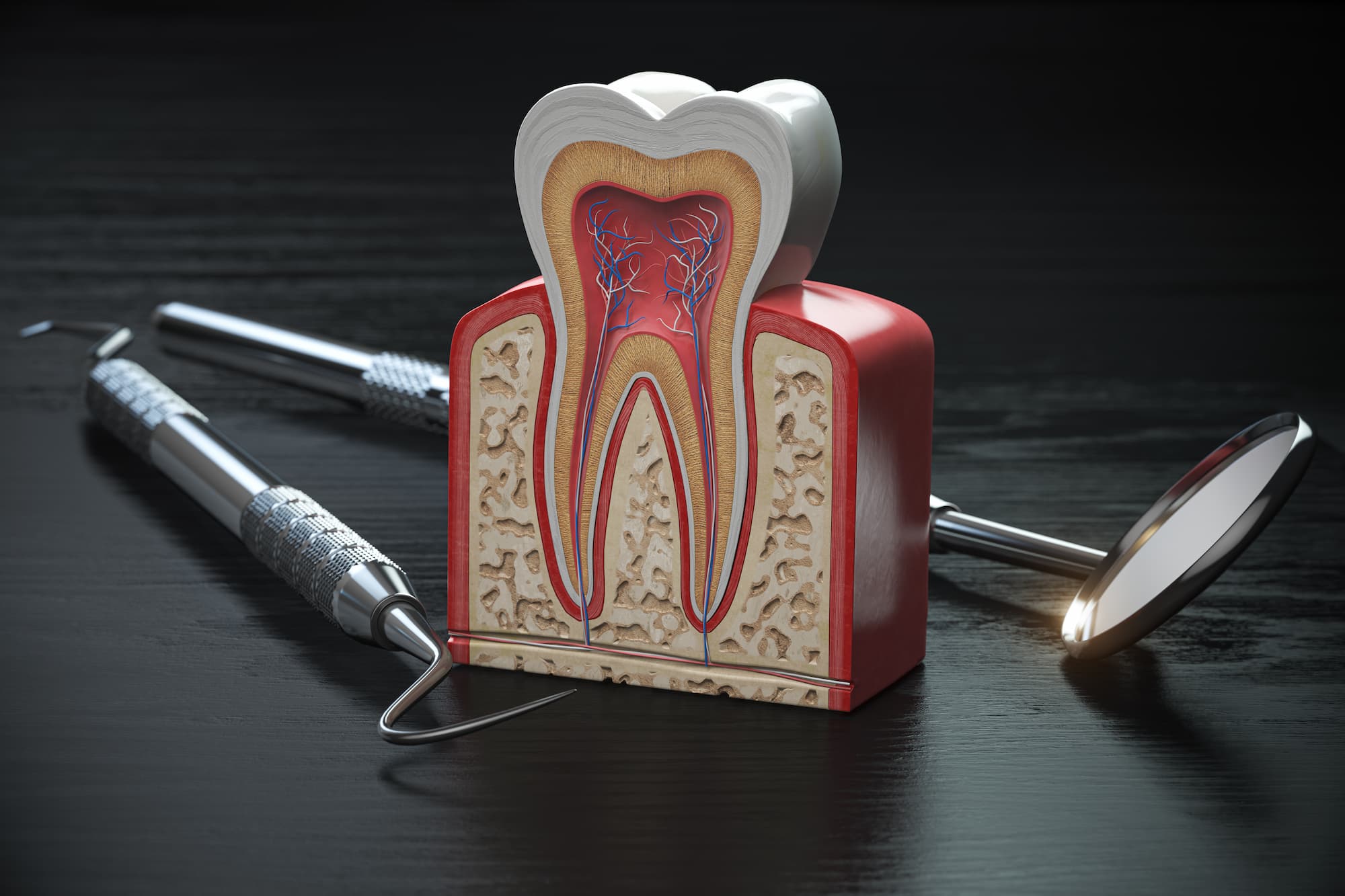Save Your Smile: Root Canal Therapy, Preserving Teeth, Restoring Confidence!
What is root canal therapy
Root canal treatment is used to treat infected or damaged teeth by removing the infected or inflamed nerve (pulp) from inside the tooth, cleaning and disinfecting the root canals, and sealing them to prevent further infection.
Signs and symptoms that you may require root canal treatment can include:
- Persistent tooth aches that are sharp, throbbing or dull
- Sensitivity or sharp pain to cold and/or hot temperature of foods/drinks
- Swelling or tender gums which can suggest an infection
- Darkening of the tooth which may indicate the nerve is dying or dead
- Pain when chewing or touching the tooth
- Pimple on the gums (fistula) which is a sign that the infection is trying to drain from the tooth’s roots
- Bad taste in the mouth un-related to your oral hygiene habits
Diagnosis
Your dentist will first examine the tooth and take X-rays to determine the extent of the infection or damage.


Anaesthesia
Before starting the procedure, your dentist will numb the area around the affected tooth using local anaesthesia to ensure that you are comfortable and pain-free during the treatment. Please let your dentist know if you require happy gas (nitrous oxide sedation).
Placing dental dam and accessing your nerve
Your dentist will place a square sheet secured with a clamp over your tooth to isolate it fully and create an opening in the top of the tooth to access the nerve chamber and root canals. This allows them to remove the infected or inflamed pulp tissue.
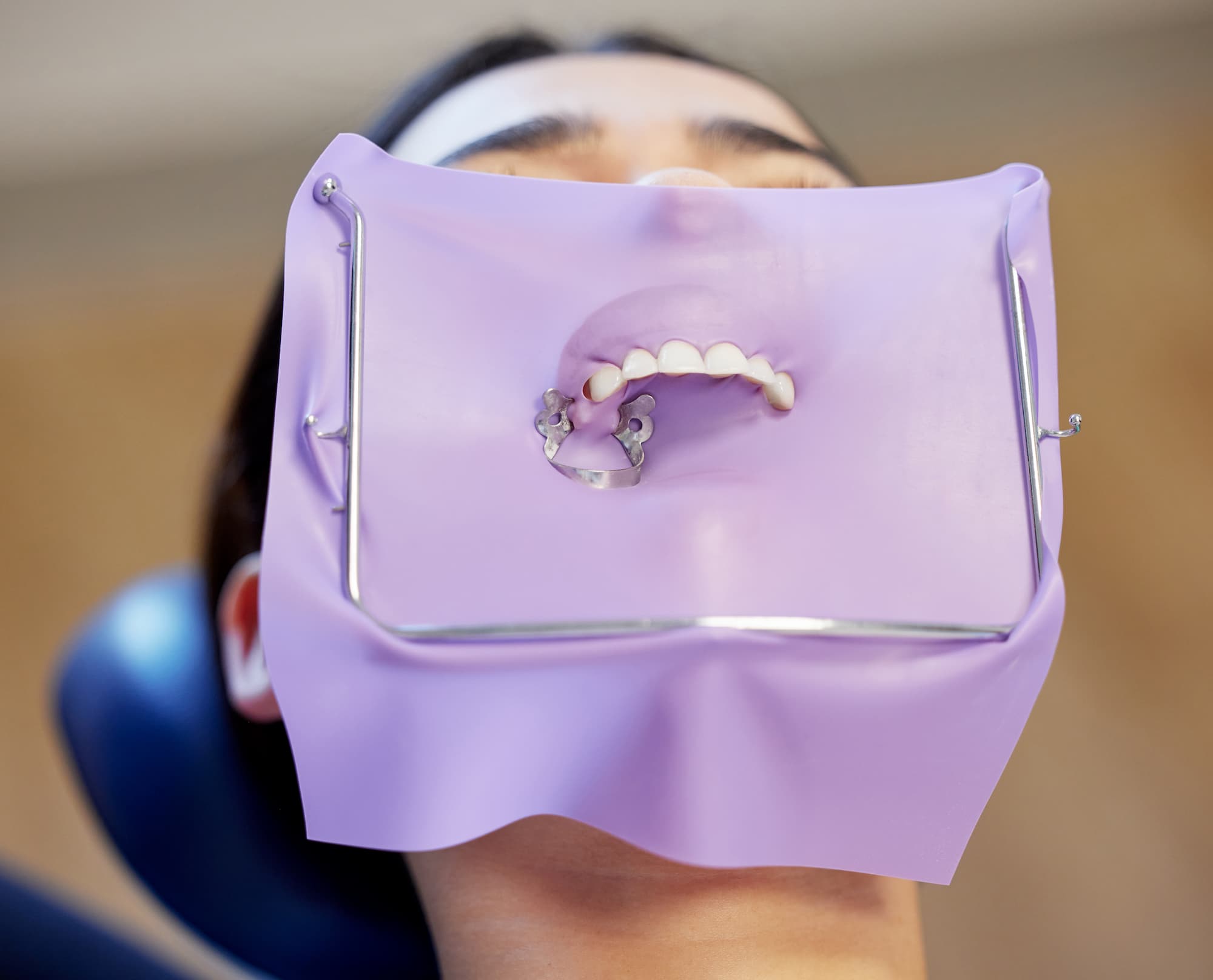
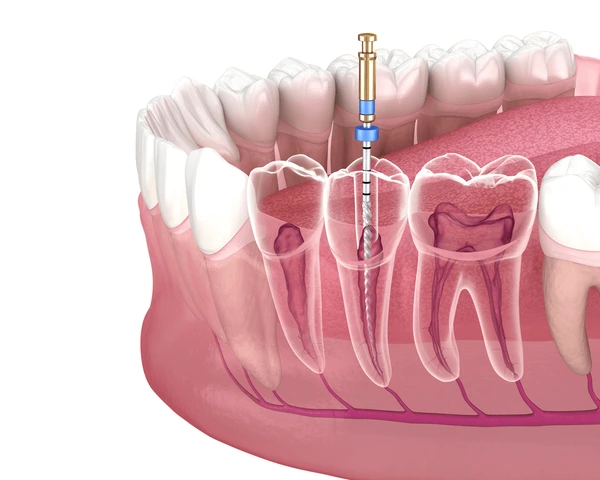
Cleaning and Shaping
Your dentist clean the root canals to remove bacteria, infected tissue, and debris. The canals are then shaped to create a smooth and uniform surface for the filling material.
Filling the Canals
Once the canals are cleaned and shaped, they are filled with a material called gutta-percha to seal them and prevent reinfection. The access opening in the crown of the tooth is then sealed with a temporary or permanent filling.
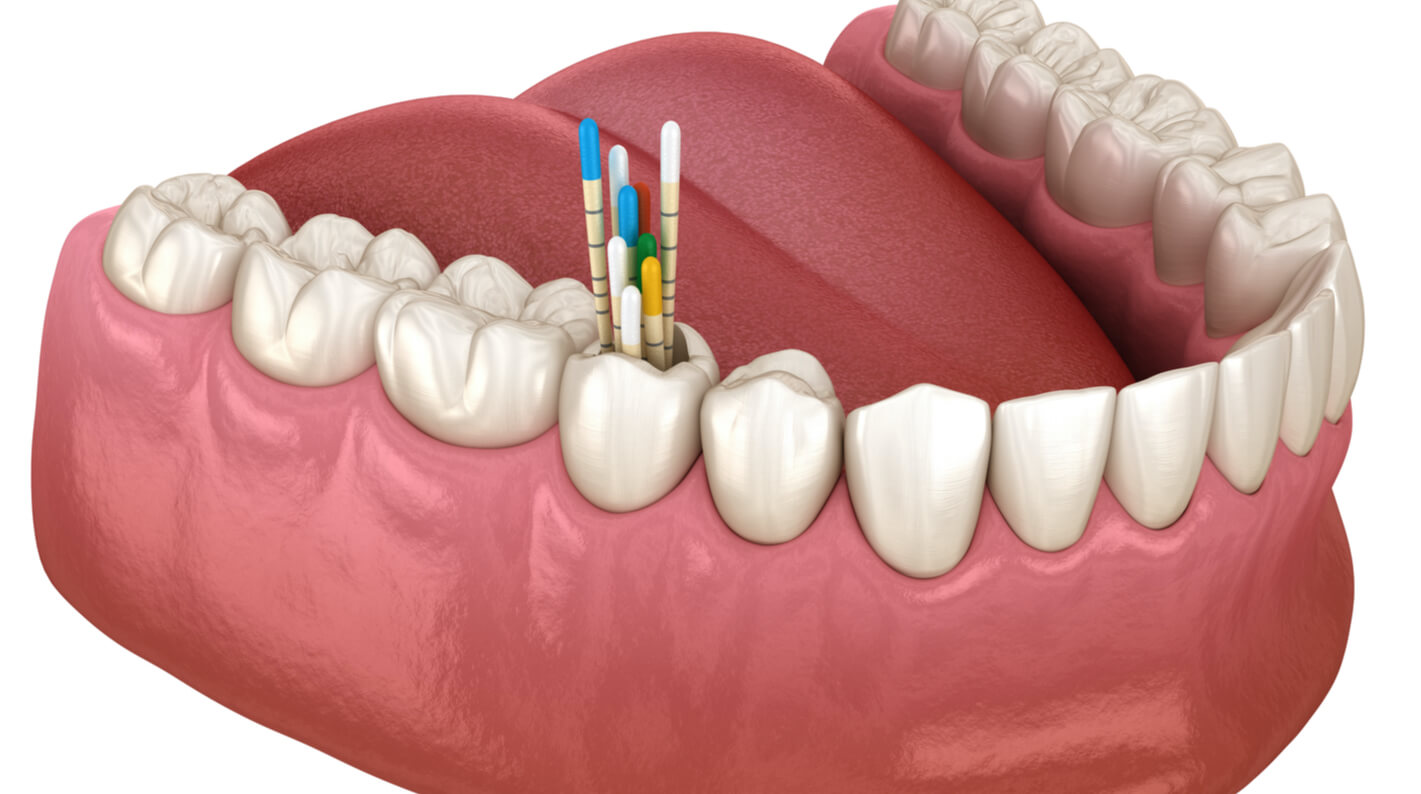
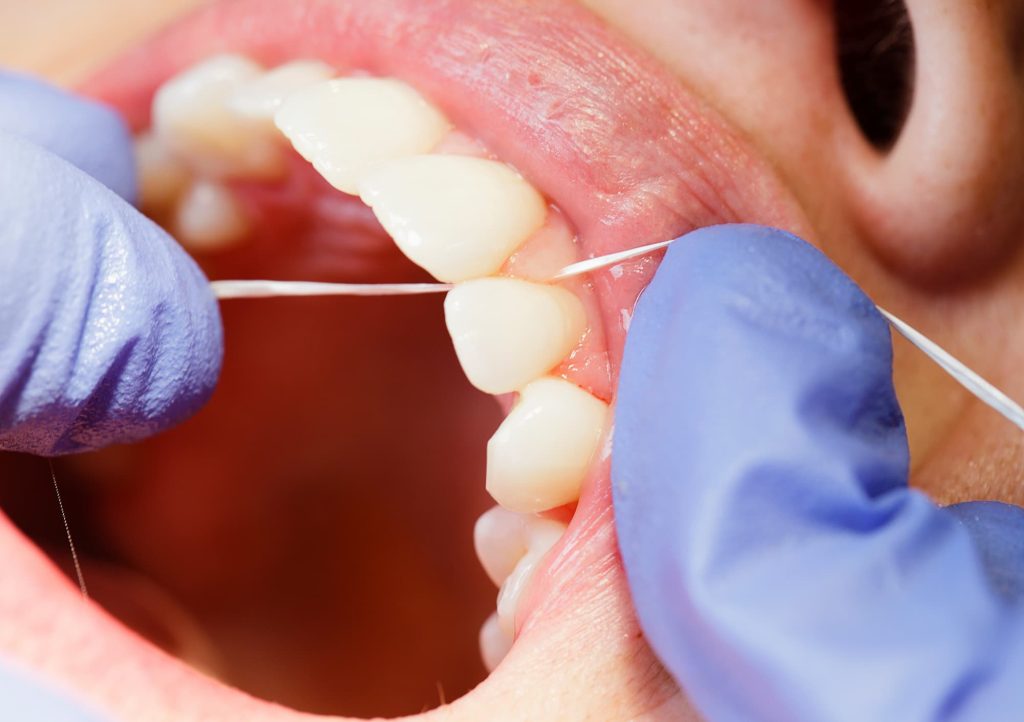
Restoration
In most cases, a tooth that has undergone root canal therapy will require a permanent restoration, such as a dental crown or onlay, to restore its strength, function, and appearance.
Root canal therapy is a highly successful procedure that can save a tooth from extraction and preserve its function for many years. You will require a minimum of three appointments generally to complete your root canal treatment. If you have any questions, please contact us.

